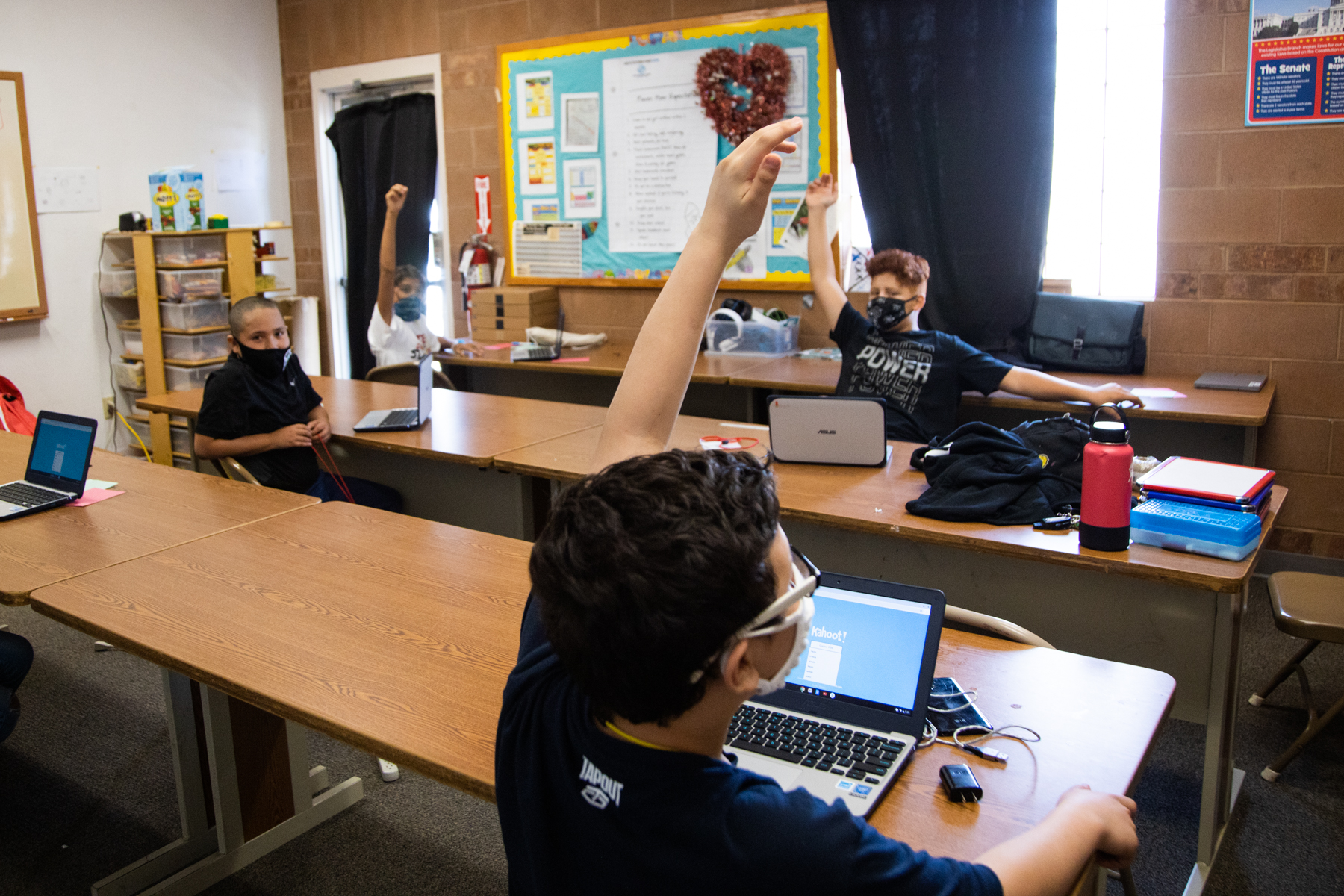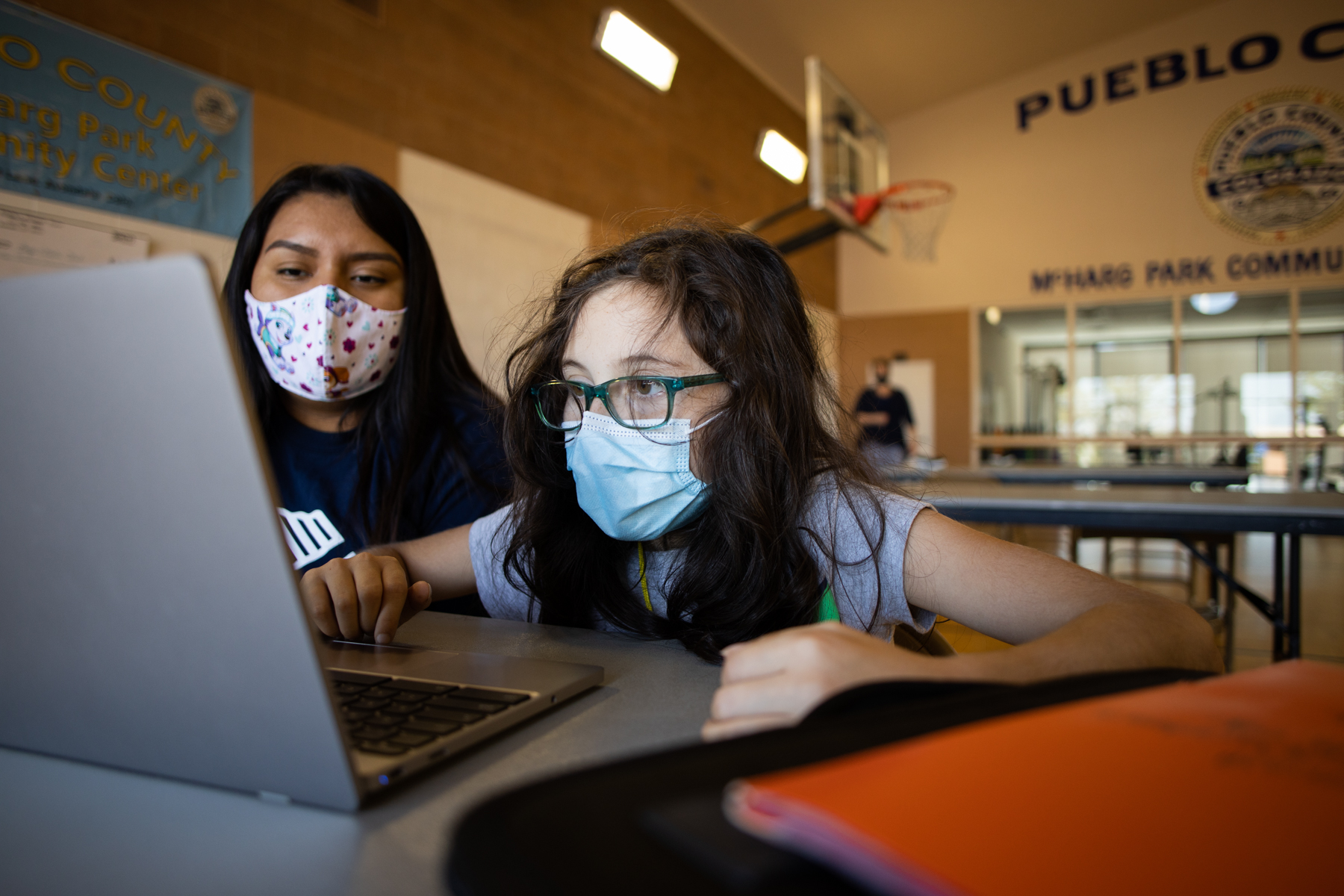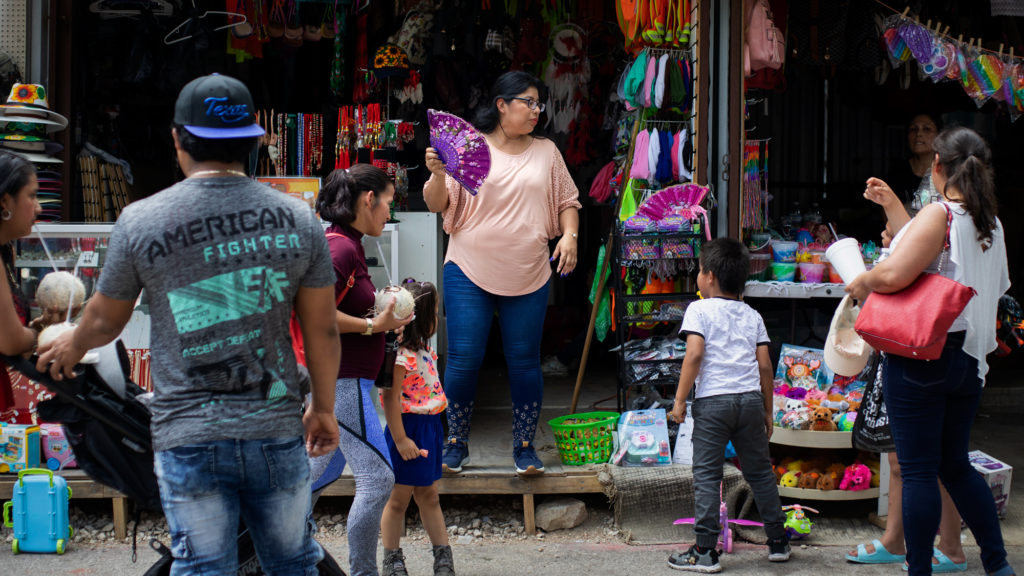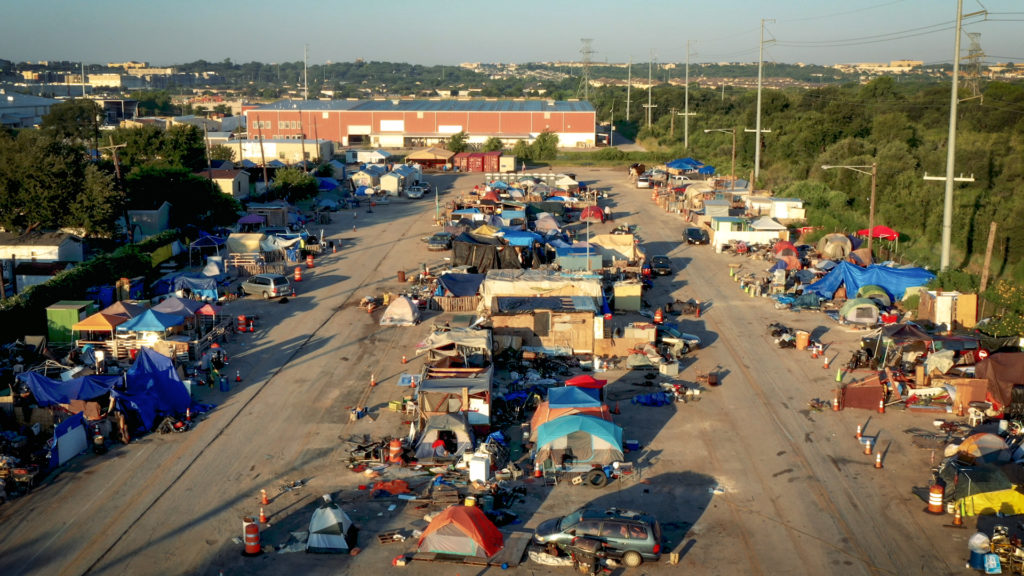The former steel town of Pueblo, Colorado, sits about halfway between Denver and the New Mexico border on Interstate 25. Home to 170,000 people, this growing city is the largest, by far, in an otherwise rural county that spans 2,400 square miles of hills and desert.
As Pueblo continues to grow, it has, so far, retained some of its small-town feel, says Melanie Bravo, director of place-based giving at the Caring for Colorado Foundation. “There’s a connectedness. People want to know where you went to high school and who your grandma is because everyone is connected in some way.”
But when it comes to connectivity of another kind, Pueblo is lagging behind. As the sixth-largest city in the state, Pueblo ranks 74th in terms of internet access.
“We don’t make money for the telecom systems,” says Nick Potter, director of community relations for the Pueblo City-County Library (PCCL). “So our infrastructure here is not what it is when you get further north, like Denver and Colorado Springs.”
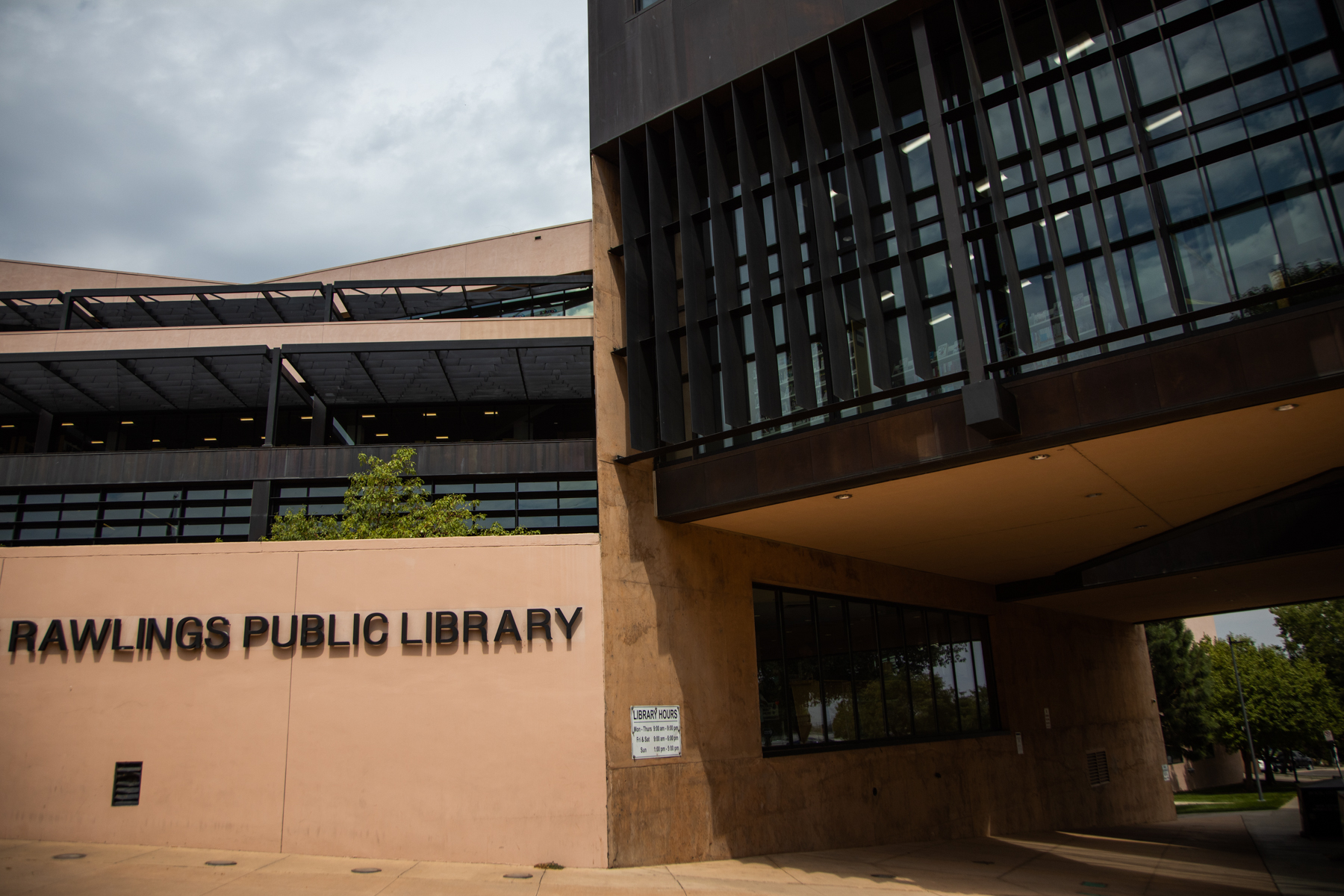
The Rawlings Public Library in downtown Pueblo is one of the few places in town where people can access computers and internet for free for extended periods of time. [Photo by Kelly West]
When the pandemic forced school buildings to close and learning shifted online, Pueblo’s connectivity deficits left many kids, teens, and families cut off from crucial academic and community support.
“I was hearing the stories, you know, about kids who are great students, but their teachers were saying they hadn’t checked in at all,” says Bravo.
Acutely aware of Pueblo’s digital divide, Caring for Colorado Foundation purchased 300 Google Chromebooks and T-Mobile wifi hotspots for families across the area, paid for through its Packard Fund for Pueblo. Families can keep the devices for three-month periods and renew for as long as two years.
But identifying who needed the technology and how to reach them — in such a sprawling county — became the next challenge.
Caring for Colorado partnered with the Pueblo City-County Library, which in turn partnered with organizations throughout the area — Pueblo’s rural school district, Boys & Girls Clubs of Pueblo County, the homeless support group POSADA, and others — to ensure the equipment reached as many people as possible as quickly as possible.
“The reason why organizations like Boys & Girls Club are so critical when a crisis hits is because their relationships are already there,” Bravo says.
Each group began its own outreach to determine what their clients and families needed, including online access and devices, and even this came with its own learning curve.
President and CEO of Pueblo’s Boys & Girls Clubs Angela Giron recalls a conversation with a high school student this spring. “He’s taking honors classes, and he’s doing them from his phone,” she says. “My head blew off. How could that be? We think we’re doing the right thing by calling and asking, ‘Do you have a device?’ They say yes [because they have a smartphone], so we learned to get more specific.”
As the Chromebooks and wifi hotspots found new homes throughout Pueblo County, the initiative yielded new insight about the barriers to connectivity in an area lacking in infrastructure. In some parts of the county, for example, the T-Mobile wifi hotspots didn’t work because T-Mobile didn’t service that neighborhood.

Daisy Arreola works on her math homework at the Boys & Girls Club of Pueblo County, one of the organizations that partnered with the Pueblo City-County Library to identify families in need of Chromebooks and wifi hotspots. [Photo by Kelly West]
For Danny Valdez and his granddaughter Brittney, however, the technology was “such a blessed thing.” When schools went remote in March, the Valdezes had no internet access at home. The technology offered through Boys & Girls Club allowed Brittney to join her third-grade classmates online — most of the time.
“Remote learning was good,” Valdez said, “but we saw a lot of pros and cons. Sometimes the internet was down, or the internet wasn’t connected for some reason. Teachers were having those issues as well. It wasn’t just students.”
As a grandparent caregiver, Valdez, age 65, was also unfamiliar with how the technology worked — he jokes about holding out for years when it came to buying a cell phone. He now credits the Boys & Girls Club programs, which reopened with mask and social-distancing measures this summer, with helping Brittney learn to use the technology and find connection with her peers.
“When school did finally start, she was so overwhelmed,” says Valdez. “Because some of the kids at Boys & Girls Club were more active navigating the Chromebook than me or my wife, they could help her quicker. That helped us help her.”
In a community like Pueblo, nonprofits, philanthropists, and community spaces like the library form a crucial web of support to address a digital divide that became suddenly more acute during the pandemic — a phenomenon happening across the U.S.
While internet access may seem ubiquitous, there are many pockets across the country where access is patchwork, limited, unreliable, or nonexistent. Even where infrastructure exists, internet access isn’t free or feasible for people who struggle financially.
While the United Nations declared internet access a human right in 2016, a survey the following year showed 68 percent of Americans view internet access as a privilege, not a right. Strangely, among those who considered internet access a privilege, 64 percent said it was, for them, also a necessity.
In Pueblo, the necessity of online access is suddenly more obvious, and ensuring access for everyone will take time, commitment, and resources. Even as connectivity grows, another need emerges — to educate new users about how devices work and how best to use them.
“You think these native users know everything about computers, but basically they know everything about navigating YouTube or Instagram,” says Potter of PCCL. “They don’t always know how to build a resume online, or anything like that, so we provide that digital literacy for them.”
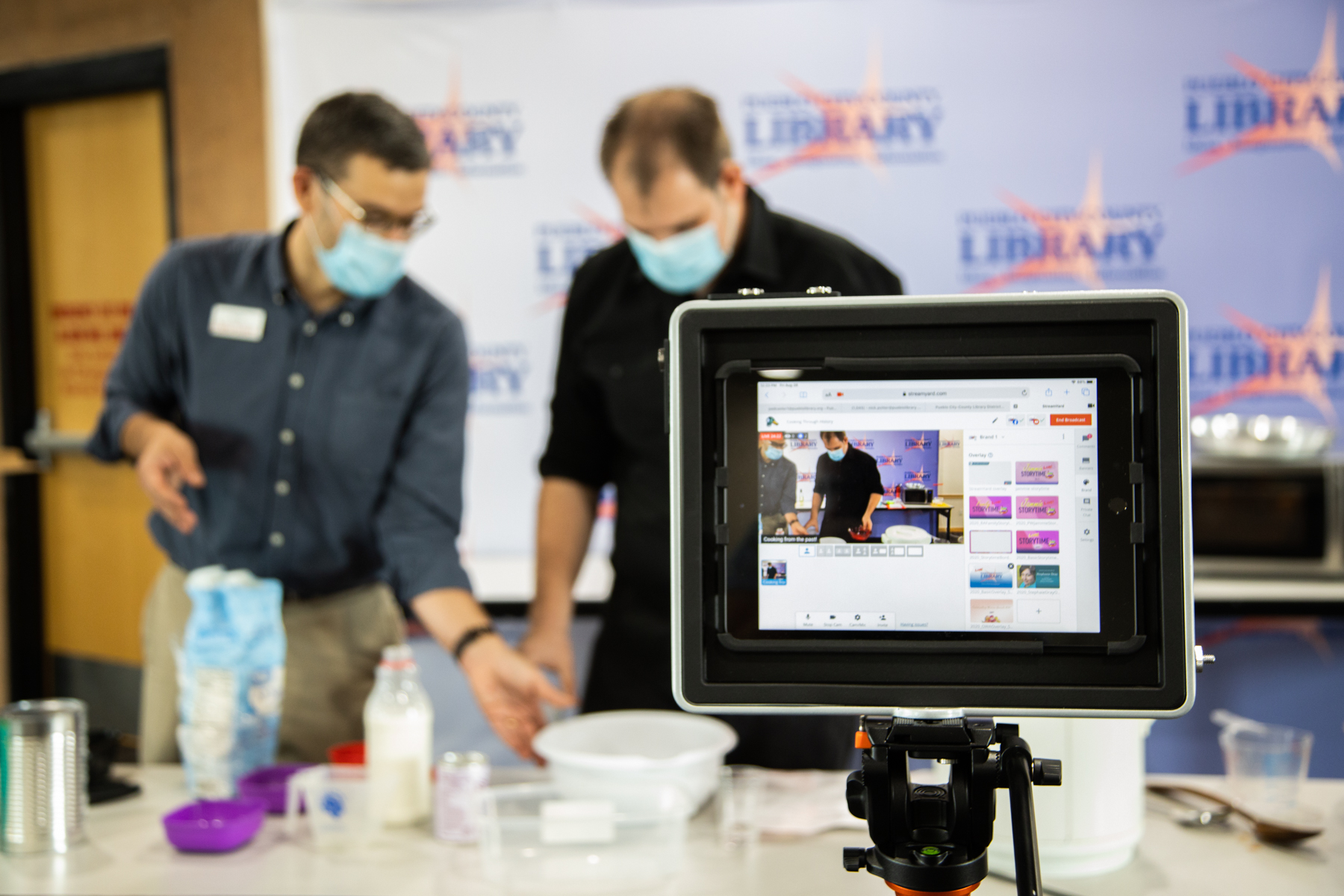
Aaron Ramierz, left, manager of special collections and museum services, and Blake Hatton, digitization coordinator, lead an online class on how to fry a Twinkie at the Rawlings Library in Pueblo. In response to the pandemic, the library started offering live-stream and recorded programs around literacy, cooking, gardening, career development, and more. [Photo by Kelly West]
Notably, libraries are one of few places where people can access computers and internet for free for extended periods of time. The Pueblo City-County Library, like many others across the country, was closed for several months to visitors, and only recently reopened at much lower capacity and with far less activity.
To adapt and continue its service to the community, PCCL created Library on Demand, which offers live-stream and recorded programs around literacy, cooking, gardening, career development, and more.
Now, as the fall sets in, some students in Pueblo are returning to their classrooms after weeks of online learning to start the semester. As each of Pueblo’s three school districts implements its own reopening plan, the city’s local paper has reported new Covid-19 spikes over the past week, so it’s possible remote learning will be necessary again.
Fortunately, the network among local nonprofits, philanthropists, and other agencies like the library have grown stronger in recent months, and Potter says they’re invested for the long haul. “We’re trying to make sure people have the devices and everything they need,” he says, “the connectivity they need, for as long as we’re in this crisis.”
